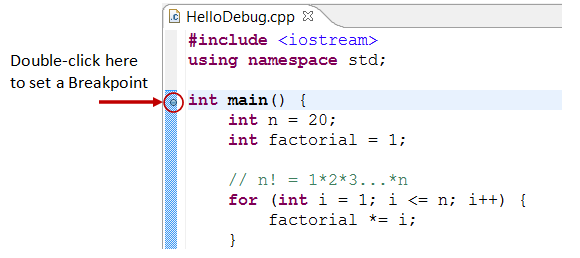

When writing your accompanying docs, it can be easy to forget about consistency, especially considering how long it takes to document larger APIs. Like writing code, it is important to maintain consistency across your entire documentation base. Their docs feature examples for every endpoint and also includes easy-to-use examples for every function in their SDKs, so users can start accepting payments within the first few minutes of reading their documentation. The best examples generally feature storytelling that shows your users the potential of your API, and how it interacts with other parts of your developer experience.Ī great exemplar API to look at would be the Stripe API. Starting with an example allows you to convey the most critical parts of an endpoint, and means that developers have an easy point of reference from which they can build more powerful code from. In fact, a large number of developers will look for code they can copy and paste, then tweak to meet their requirements. If a developer has just started with your API, having examples to work from can be a great way for them to gain additional context into the power of your API. It is crucial that you provide additional documentation and support to users so they can easily understand what a specific function does, otherwise, users will send support requests to your team. Most APIs tend to include many complex API endpoints. Provide them with a clear starting point so that they can work their way from basic features, to the advanced resources in your API.
#How to write c code for dummies how to#
Your API will contain a variety of features, including a variety of endpoints and SDKs, but there is no point in a user reading about them until they know how to get started with your API.

Remember that your users have not spent hundreds of hours developing your API and documentation, so you need to make it as easy as possible for them to get started.ĭuring development, spend time making your documentation as clear as possible, and provide access to the fundamentals at the very beginning (authentication, header types etc), which will reduce the number of support requests you receive from users about getting started with your API.Īnother key aspect of documentation is to make it easy for developers to get started with your documentation as soon as possible.

You should aim for a simple and smooth structure, that makes it easy for beginners to get started with your API, and contributors to maintain a uniform organization in your documentation.ĪPI documentation should contain a thoughtful introduction, that allows users to gain a quick insight into what your API is all about. The glue that holds your documentation together is the structure, and it normally evolves as you develop new features. Remember to work with your users to develop your documentation, because after all, they are the people who will be reading it. In this article, I will outline a few key tips you should remember when writing your API documentation, but by no means is a comprehensive list. In addition, documentation helps developers get started with your developer experience, allowing them to gain a firmer insight into your product and how your tool can work in collaboration with their code. Otherwise, you are left with a book of unreadable code that your users do not want to work from.ĭocumentation helps reveal the meaning of your code, and how it can be applied to achieve a task. Documentation helps connect your users to your API and engages your developer community further so that they can make more interesting things from your code. Frequently, coders overlook the documentation that powers users’ understanding of their code.
#How to write c code for dummies software#
Software development has always been fueled by developing in a collaborative environment. Tips on how to write and maintain simple, intuitive, and accessible documentation.


 0 kommentar(er)
0 kommentar(er)
